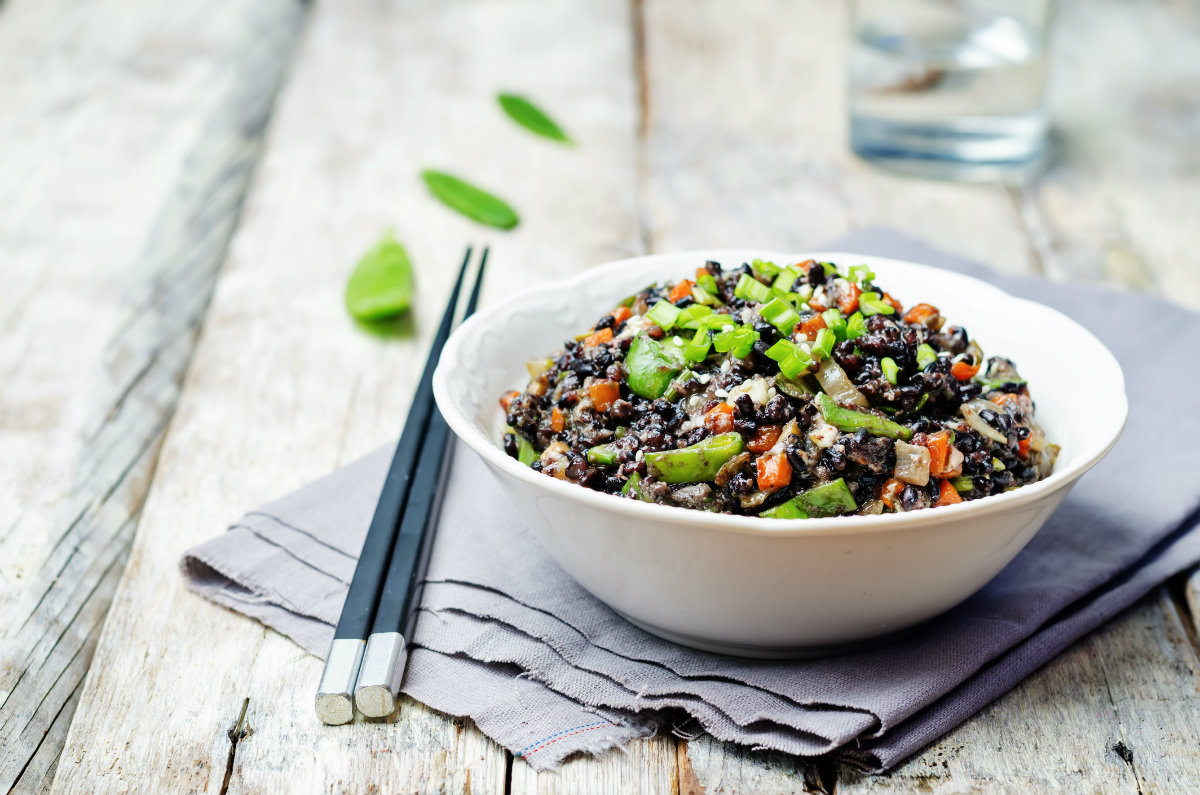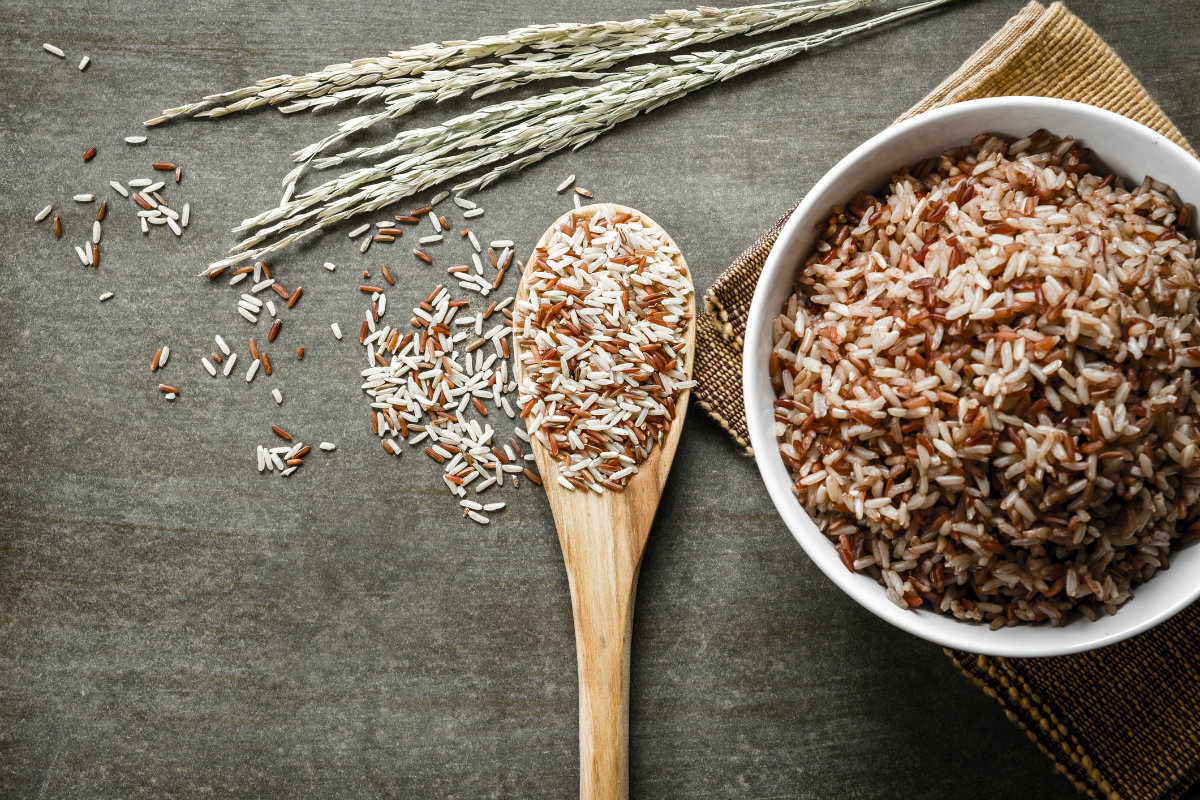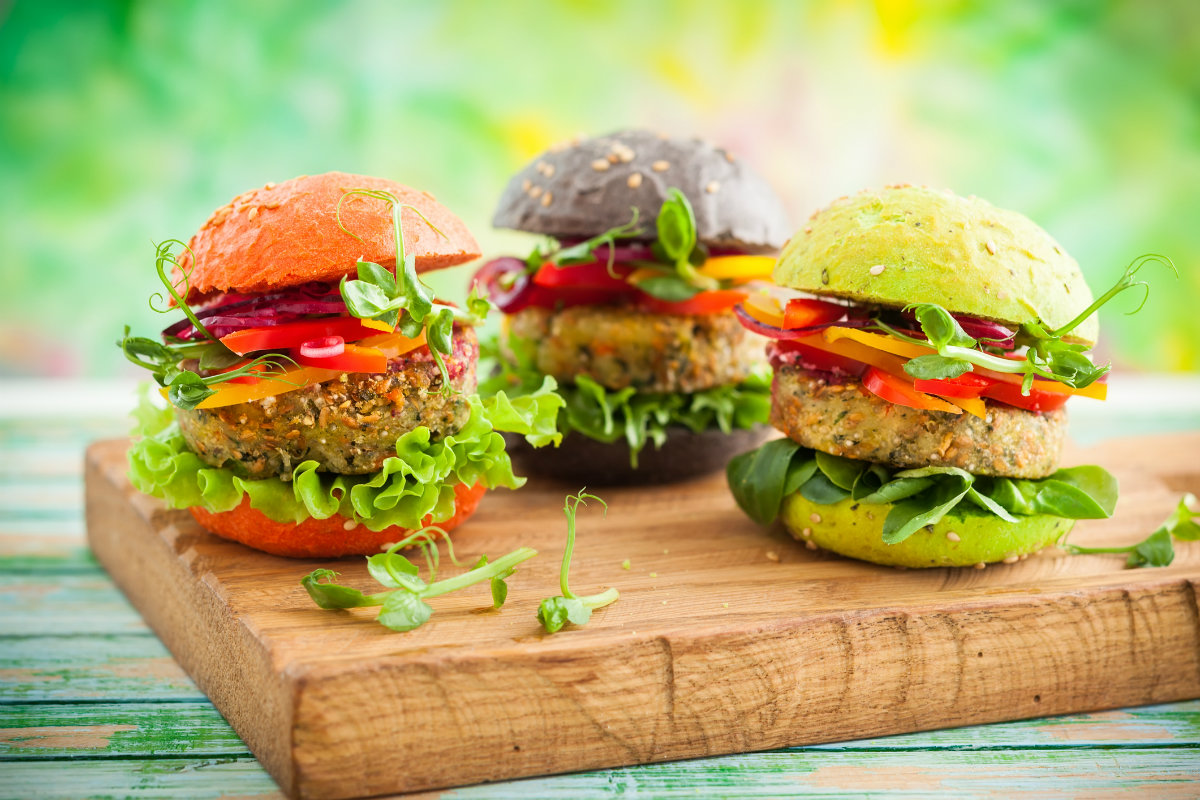
Black rice gets its purple-black colour from the antioxidants in it. Image: Thinkstock

Brown rice has a coarse, nutty texture Image: Thinkstock
Supergrains or alternate grains have taken the culinary world by storm. While I am no nutritionist myself, I do believe these grains give you a sense of general well-being and are easier for the body to digest.
Quinoa, amaranth, oats, brown rice, black rice, barley and millets of various types are now available in every corner shop. These are simple local grains which our ancestors used to consume regularly. They used to go straight from farm to table with minimal processing.
These grains are also free of gluten, which is present in wheat and which a lot of people find difficult to digest. Some top restaurants in the country now serve gnocchi and other pasta dishes made with jowar. Millets and quinoa breads and cakes have replaced the conventional stuff on bakery shelves. Quinoa burgers, buckwheat pancakes, finger millet dosa and rotis are becoming increasingly popular.
Look out for ready flour made from these grains. Alternatively, finely grind them in a powerful blender and make rotis, breads, pasta, cakes and biscuits at home. For instance, I make a lovely moist quinoa chocolate cake. It is gluten-free and you can’t even tell that there’s no wheat flour in it!
My family has switched to brown rice from white rice. Even the kids have khichri, pulao and dal chawal with brown rice. I love the coarse, nutty texture of brown rice and once you add all the flavour, you forget what white rice was all about!
Black rice is the next new grain gaining momentum. Its gorgeous purple-black colour comes from antioxidants found in other foods with a similar hue, like blueberries and blackberries. I often make an Asian-style fried rice or just toss the boiled black rice with some herbs and butter. It has a nice bite to it and gives a lovely texture and colour to any salad or soup.
Barley is also a great alternative for white rice. I use it for risottos or simply add some olive oil and seasoning to accompany a baked fish or chicken. Among innovative recipes that you can try with this grain are Barley Risotto Primavera and Roast Pumpkin and Barley Salad.
Millets are a great source of iron, protein and minerals. There are various types of millets with each one having its own unique characteristic.
I use foxtail millets in almost everything. It has a couscous-like texture when boiled, but is healthier and gluten-free.
My kids love upma made with these millets or they have it as a rice substitute. Just add a cup of it to any salad and you have a well-rounded meal. Toss it in a pan with some minced garlic and onion and serve as an accompaniment to your usual curry.
Amaranth, a super tiny seed, has loads of health benefits. Use it to make breakfast porridge, granola or add a handful of cooked amaranth to your bowl of dal. I like to combine it with veggies to make tikkas or burgers.
There is no limit to how you can cook and consume all these grains. These are health foods that actually taste good and can easily be a part of your family’s regular diet. Start with one grain at a time and decide what works best for you.











